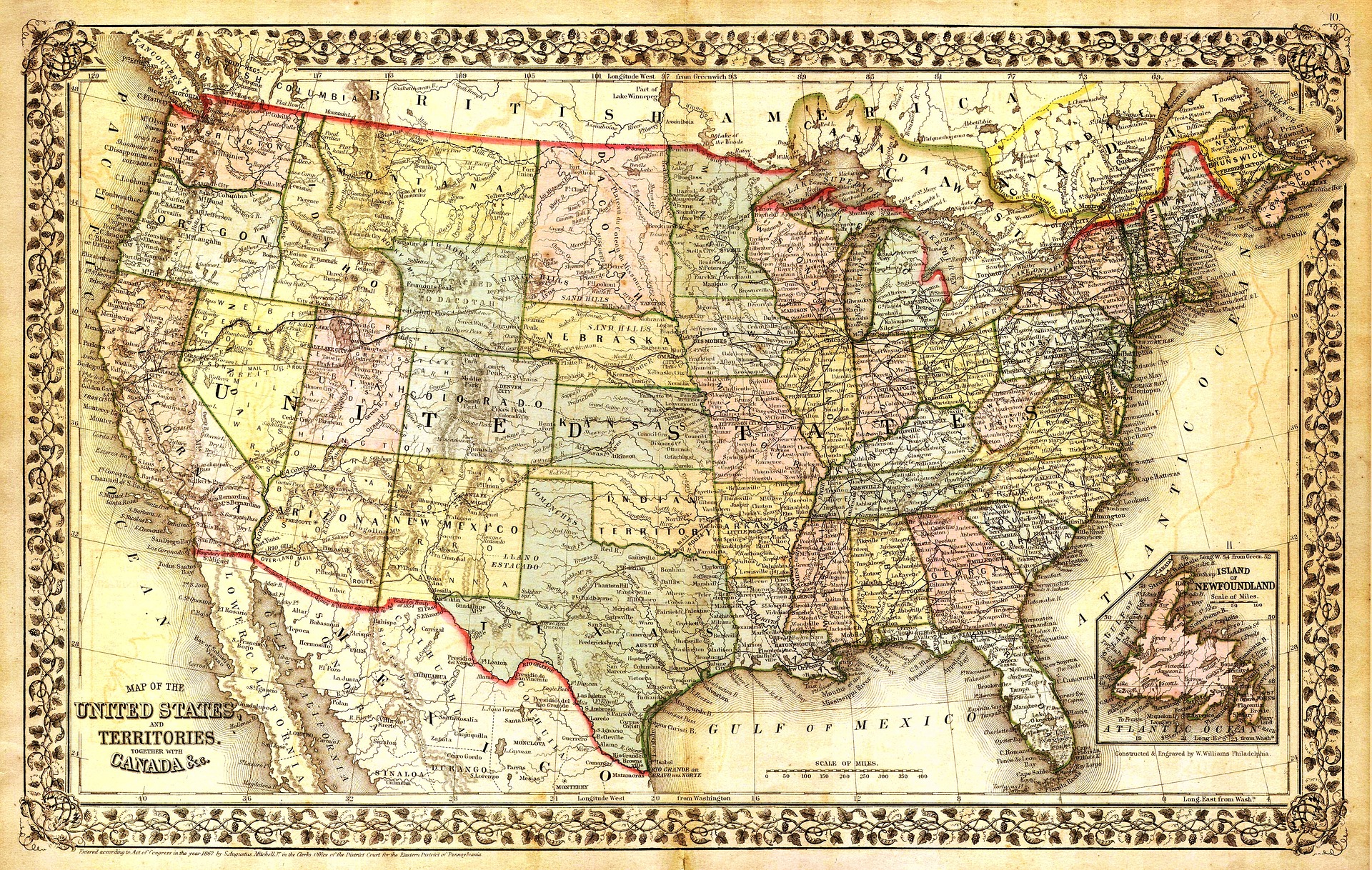
North America incorporates the nations of Canada, the United States, and Mexico, just as the world’s biggest island, Greenland. During the last Ice Age, an incredible sheet of ice streamed across the landmass scouring the scene, extending the melancholies that presently hold the Great Lakes, and unloading ripe soil onto the focal fields. The Rocky Mountains structure the foundation of the mainland, running from Alaska to New Mexico. In the east are the Appalachian Mountains, flanked by waterfront swamps toward the east and south. In eastern Canada lies the Canadian Shield, a colossal bowl of old disintegrated shakes currently covered with dainty soils. Deserts stretch from the southwestern United States down into northern Mexico.
Mountain range
The principle mountain scopes of North America, the snow capped Rockies and the forested Appalachians, differ significantly by all accounts (see above cross-segment). The distinction can be clarified by their age. The Rockies, shown right, are somewhat youthful mountains that poor people have yet to wear out. The Appalachians, be that as it may, are among the world’s most established mountains and have been progressively disintegrated by the scouring activity of wind, water, and the development of glacial masses.
The Great Plains
Across the focal point of Canada and the US lie the Great Plains, likewise called the grasslands. This immense region has warm summers and chilly, frigid winters. Trees are uncommon besides along waterways and lakeshores, yet the locale was once covered with grasses munched by a great many bison. Today, minimal regular grassland gets by, and in its place ranchers develop immense fields of corn and wheat.
The Grand Canyon
The Grand Canyon was shaped north of millions of years as the waters of the Colorado River and its feeders cut their direction through the strong stone. At certain focuses the gully is 1 mile (1.6 km) deep, and slices through rocks that are 2,000 million years of age. Various kinds of fossils found in the gully dividers uncover the dates of its evolving history.
The Great Lakes
Assessed to contain one-fifth of the world’s freshwater, the five Great Lakes ride the boundary among Canada and the US. Just Lake Michigan, shown left, lies totally inside the US. The lakes are connected by streams and depleted by the St. Lawrence River, which purges into the Atlantic Ocean. The Niagara River, which joins lakes Erie and Ontario, disregards the popular Niagara Falls.
The Mississippi River
The incomparable Mississippi streams from Minnesota to the Gulf of Mexico. At the turn of the last century, the annihilation of woodland and the furrowing of grasslands around the stream bowl caused serious soil disintegration. Soil washed into the stream, raised the water level, and caused floods. Replanting woods and building dams has helped control the stream, however extraordinarily weighty rains actually cause floods.
The Everglades
Florida’s Everglades are an ensured wetland environment, home to numerous uncommon plants and creatures. Initially covering a much bigger region, a piece of the Everglades has been depleted and utilized for the development of sugarcane. The northern piece of the enduring wetland is presently a sawgrass grassland, covered by shallow water with islands of higher land. In the south, freshwater blends in with water from the ocean, making salt bogs bordered by mangrove swamps.